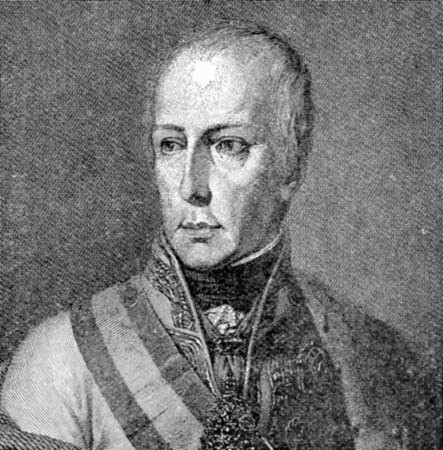The first civilian prisoners arrive at the Federal prison on Alcatraz Island.
Alcatraz Island, often simply referred to as “Alcatraz,” is a small island located in San Francisco Bay, California, USA. It is renowned for its historic Alcatraz Federal Penitentiary, which operated from 1934 to 1963 and is commonly known as “The Rock.”
History and Purpose: Alcatraz Island has a long history as a military fortification and later as a federal prison. It was initially used for military purposes during the Civil War and became a military prison in the late 19th century. In 1934, it was repurposed as a maximum-security federal penitentiary due to its isolated location and challenging waters, making it difficult for inmates to escape.
Maximum Security: Alcatraz Federal Penitentiary was designed to hold dangerous and high-profile criminals who had proven difficult to manage in other prisons. It was considered one of the most secure prisons in the United States, with its remote location and strong currents of San Francisco Bay acting as natural barriers to escape.
Inmates: The prison housed some infamous criminals, including Al Capone, George “Machine Gun” Kelly, and Robert Stroud, also known as the “Birdman of Alcatraz.” The goal was to separate these inmates from the general prison population to minimize the influence they could have on other prisoners.
Escape Attempts: Despite its reputation for being escape-proof, there were a few notable escape attempts. The most famous occurred in 1962 when three inmates—Frank Morris and brothers John and Clarence Anglin—managed to escape from their cells by drilling holes in the walls and creating life vests and a makeshift raft out of raincoats. To this day, it’s unclear whether they survived their escape attempt or perished in the cold waters of the bay.
Closure and Legacy: The prison faced various challenges over the years, including high operational costs and deteriorating infrastructure. In 1963, Alcatraz Federal Penitentiary was closed due to these factors, and the remaining inmates were transferred to other facilities. The island was later occupied by Native American activists in 1969 as part of the Indian occupation of Alcatraz, drawing attention to the plight of Native Americans.
Tourist Attraction: Today, Alcatraz Island is managed by the National Park Service and is a popular tourist destination. Visitors can take guided tours of the island, including the former prison facilities. The island also features exhibits, displays, and audio presentations that provide insights into the history of the prison, the lives of inmates and guards, and the broader significance of the site.
Alcatraz Island and its former prison stand as a unique historical landmark that symbolizes the challenges of maintaining security and order in a remote and isolated environment. It continues to capture the imagination of people around the world, both for its storied past and the breathtaking views it offers of the San Francisco skyline.


